These cities spent billions on the Olympics. What happened next?
Summer Olympics: stadium successes and failures

Tim De Waele/Getty Images/Associated Press/Alamy Stock Photo
Every four years, a chosen host city spends billions of dollars building competition venues to host the Summer Olympic Games.
Constructing facilities for the world's top athletes comes with a hefty price tag – and recouping the money once the events are over is nearly impossible. While many buildings have been repurposed, other Olympic arenas, pools, and stadiums built since the turn of the millennium have been completely abandoned.
Read on to discover how much money host cities have spent on the Summer Olympics since the year 2000, and see what remains of these structures today. We've also taken a peek into the future to see what's happening in future host cities...
All dollar amounts in US dollars.
2000 – Sydney, adjusted total cost: $8.5 billion (£6.7bn)
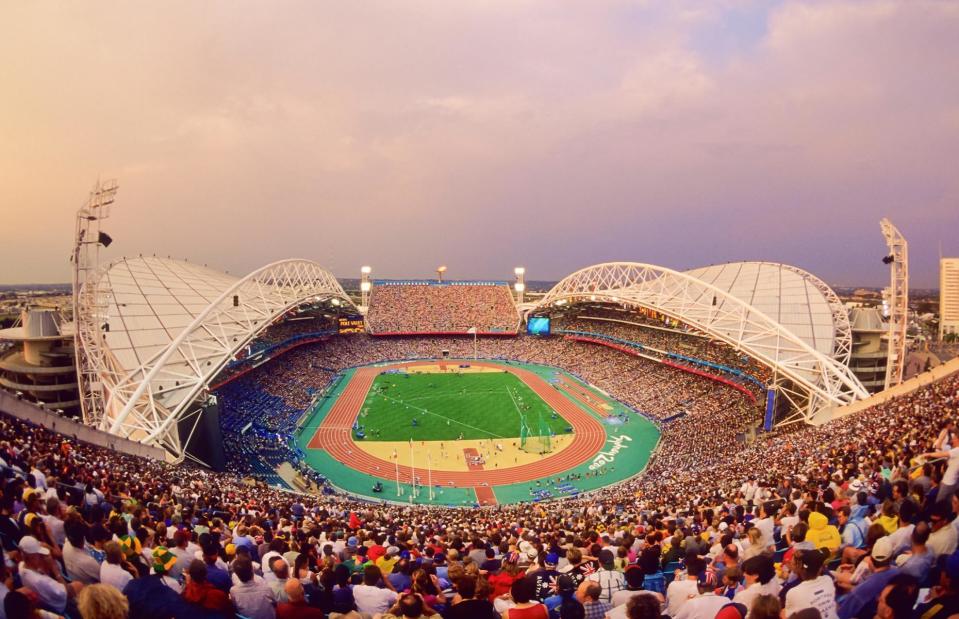
David Madison/Getty Images
Billed as "The Games of the New Millennium", Sydney hosted the Summer Olympics in 2000, choosing to transform a toxic dump and industrial area into a thoroughly 21st-century destination in the process.
The site needed extensive remediation to the tune of AUD$130 million ($85m/£67m), and there were also hefty construction costs for the Olympic Park, which would be home to most of the venues used for the Games. In total, it’s estimated the 2000 Olympics cost somewhere between AUD$6.9 billion-AUD$13 billion. ($8.5bn/£7bn) In today’s money, that's a sizable $8.5 billion (£6.7bn)
The undeniable showpiece was the Stadium Australia, which, at the time, was the largest outdoor facility ever built for the Olympics, with space for 110,000 people.
2000 – Sydney, adjusted total cost: $8.5 billion (£6.7bn)
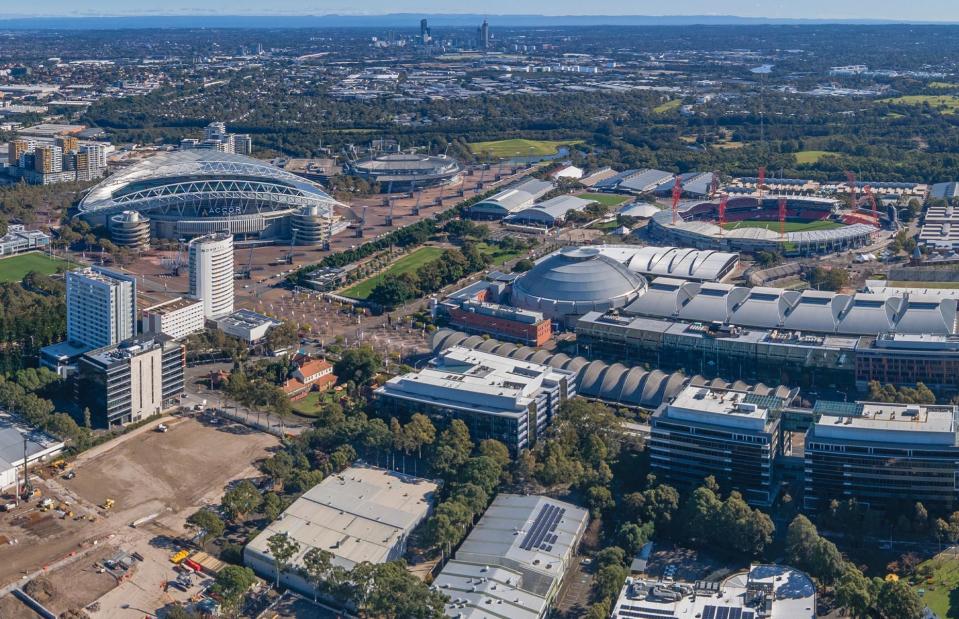
Steve Tritton/Shutterstock
Several of the sporting and entertainment facilities built for the 2000 Olympics are still in use, and the area has evolved into a residential and commercial hub that's estimated to contribute more than AUD$1 billion ($650m/£520m) to the economy of New South Wales.
Stadium Australia, now known as Accor Stadium, underwent significant renovations between 2001 and 2003 to reduce its size and convert the field for cricket and Australian football. This work cost a further AUD$80 million ($52m/£41m).
2000 – Sydney, adjusted total cost: $8.5 billion (£6.7bn)
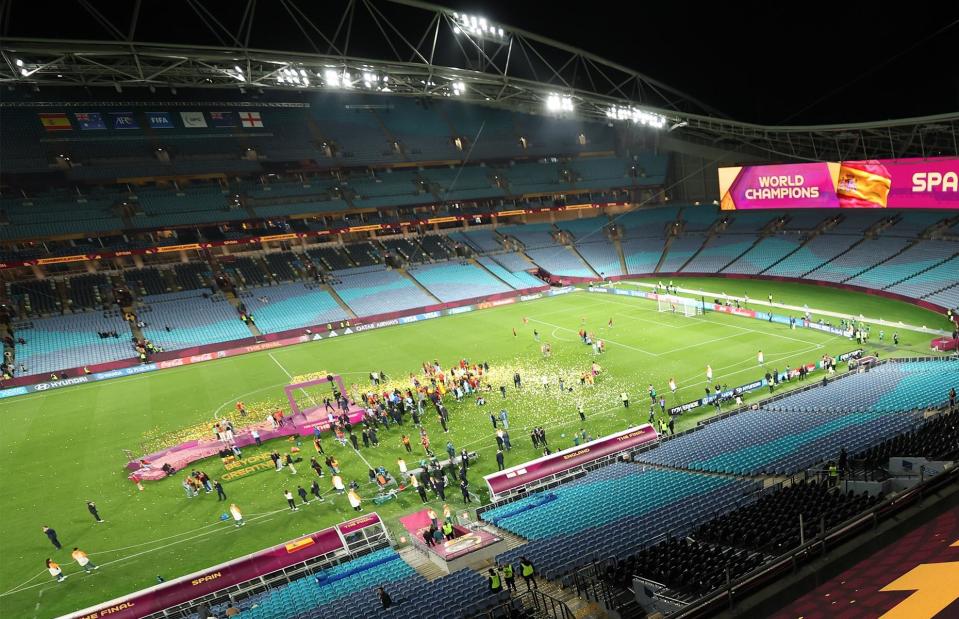
Maryam Majd/Getty Images
However, despite hosting regular events, the facility’s future hasn’t always been so certain.
Back in 2017, the state government voted to demolish the stadium and rebuild it to better suit the sports that it hosts, although these plans were later abandoned.
Today, the stadium is still used for sporting events, recently hosting the 2023 FIFA Women's World Cup.
2004 – Athens, adjusted total cost: $17.6 billion (£13.8bn)
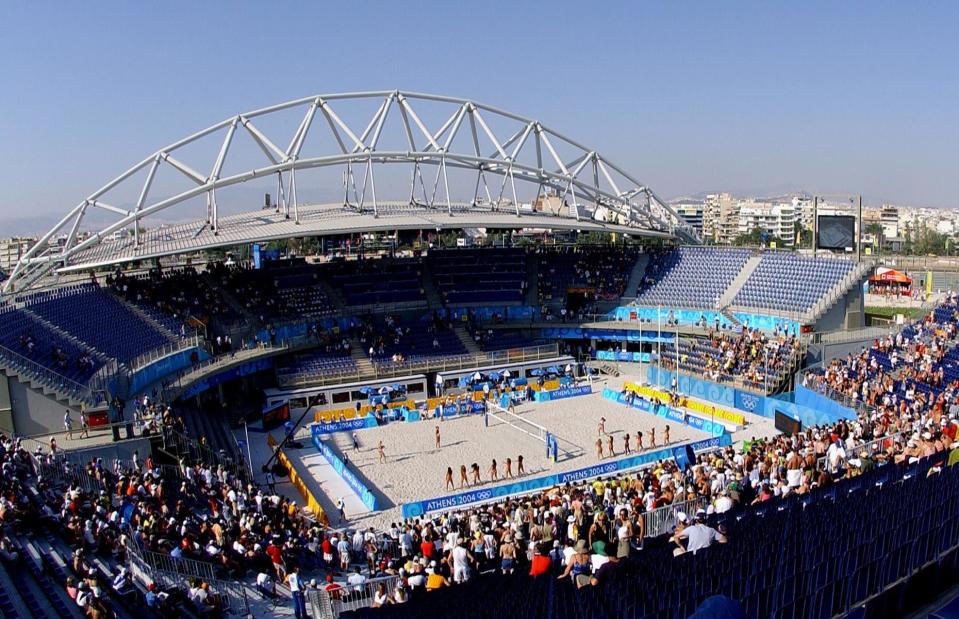
Tim De Waele/Getty Images
Athens hosted the Summer Olympics in 2004 at a cost of at least $11.6 billion, or $17.6 billion (£13.8bn) in 2024 money.
Mired in economic crisis, Greek government officials have denied accusations that hosting the Olympics caused the nation’s fiscal fiasco – although the billion-dollar price tag certainly didn’t help matters.
Along with the Olympic Village and stadia, the city saw construction of a new international airport, subway lines, and roads, which are still in use today. The same can't be said for many of the event's purpose-built venues, though...
2004 – Athens, adjusted total cost: $17.6 billion (£13.8bn)

Associated Press/Alamy Stock Photo
These include the volleyball stadium, softball field, canoe course, and training swimming pools.
With the Greek economy in pieces, few investors had any interest in repurposing the facilities built for the Games. According to the International Olympic Committee (IOC), many have been abandoned and left in disrepair, while others are only used sporadically.
2004 – Athens, adjusted total cost: $17.6 billion (£13.8bn)
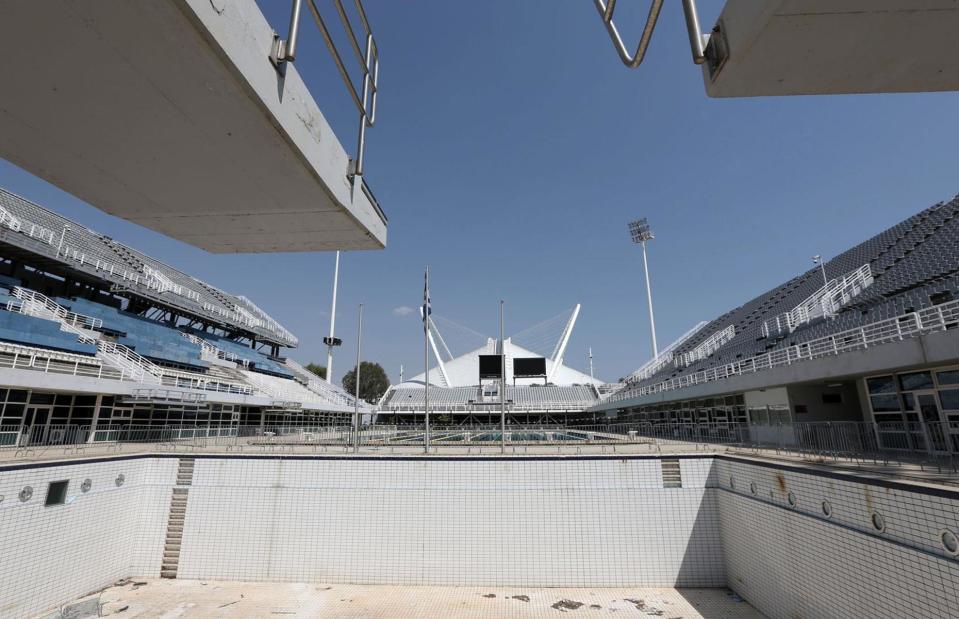
Associated Press/Alamy Stock Photo
Adding insult to injury, construction for many of these abandoned facilities ran massively over budget, with delays and escalating costs plaguing the megaproject from day one.
As the country struggled to pay off its enormous post-Olympics debt against a backdrop of record-high levels of unemployment and poverty, many people were left questioning whether hosting the sporting event was really worth it.
2008 – Beijing, adjusted total cost: $57 billion (£44.8bn)

Tim De Waele/Getty Images
China reported spending $6.8 billion (£5.4bn) on the 2008 Summer Olympics in Beijing.
However, that figure didn’t include the extensive transportation and other infrastructure investments associated with hosting. Estimates put the actual total at a staggering $40 billion (£32bn), just under $57 billion (£44.8bn) in today's money.
The final cost included the construction of 19 new stadia and the refurbishment of 13 existing facilities in Beijing, as well as the creation of venues in other cities hosting events.
The showpiece was the mammoth Beijing National Stadium, which cost $460 million (£366m) to construct and is nicknamed "the Bird’s Nest" due to its distinctive cladding.
2008 – Beijing, adjusted total cost: $57 billion (£44.8bn)
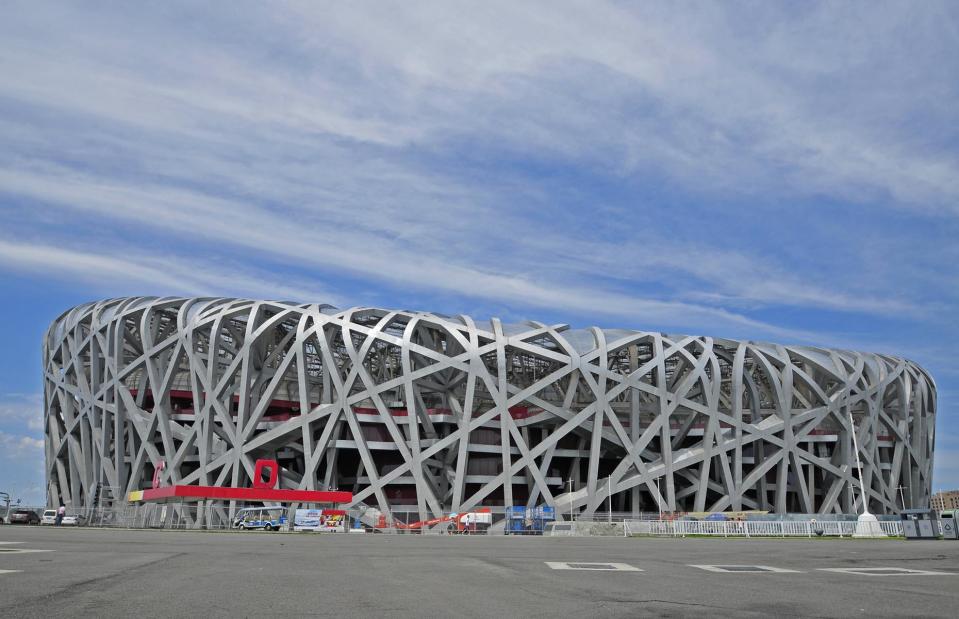
QiuJu Song/shutterstock
Several of the Summer Olympic sites were later reused when Beijing hosted the Winter Olympics in 2022.
In fact, more than half of the venues for the Winter Games were originally built in 2008. The National Aquatics Centre, which originally hosted swimmers, was converted into an ice centre for curling, while the Bird’s Nest hosted another set of opening and closing ceremonies.
However, outside of occasional special events, the iconic building is reportedly unused most of the time. That's despite the fact it costs as much as $11 million (£8.7m) to maintain each year.
2008 – Beijing, adjusted total cost: $57 billion (£44.8bn)
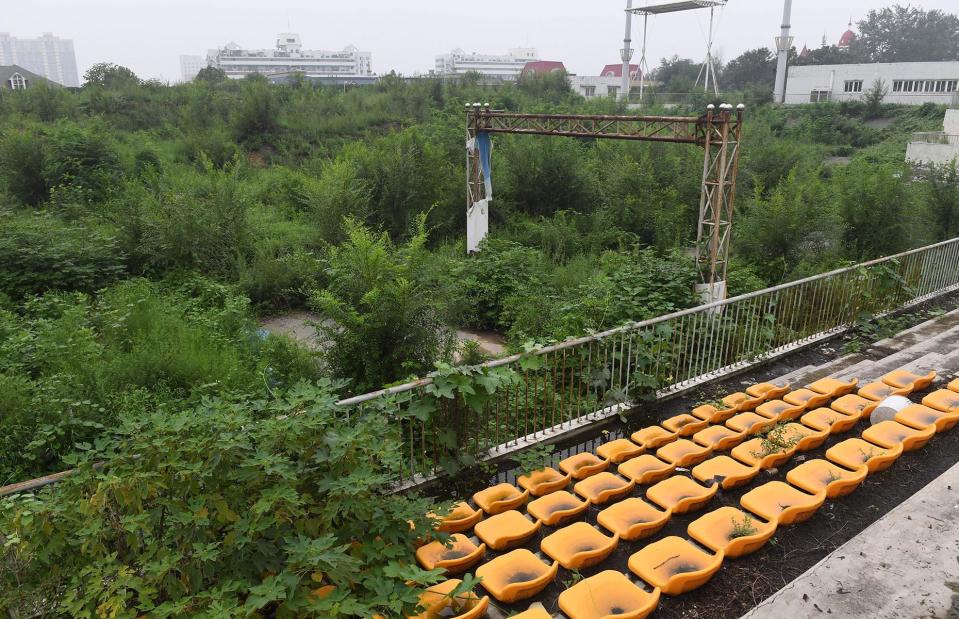
GREG BAKER/AFP via Getty Images
Many of the facilities from the 2008 Summer Olympics have succumbed to a far worse fate.
Left to rot, rust or even return to nature, the BMX track (pictured), the kayak course, and various other expensive structures have all been completely abandoned.
In total, Beijing’s 2008 Olympics is estimated to have generated $3.6 billion (£3bn) in revenue, according to the Council for Foreign Relations – a fraction of the total cost, whichever way you look at it.
2012 – London, adjusted total cost: $14.7billion (£11.6bn)
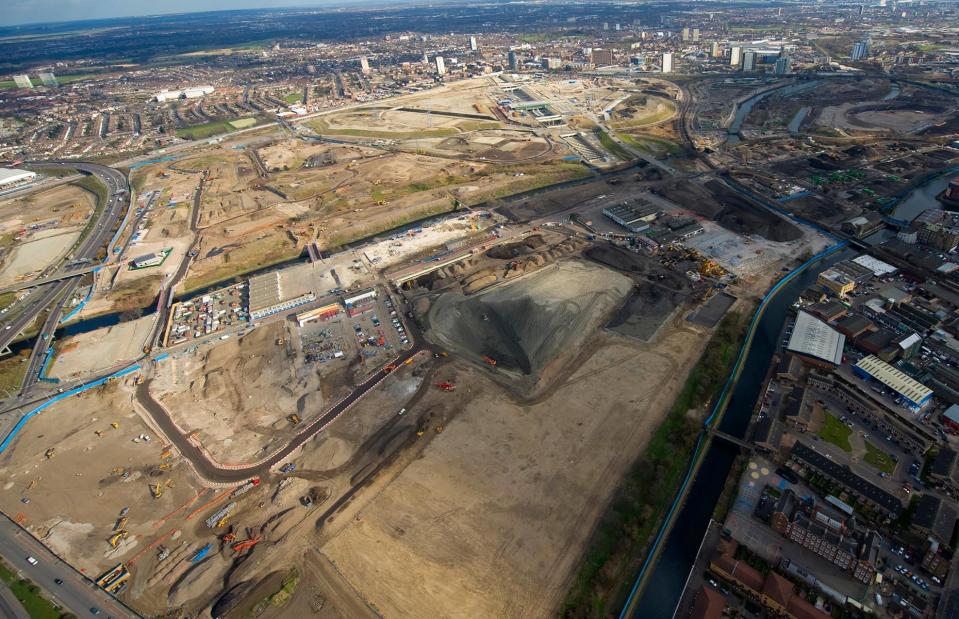
Jason Hawkes/Getty Images
As was the case in Sydney, the London Olympics provided an opportunity to regenerate an industrial wasteland, with organisers keen to create a legacy that would bring new homes and jobs to Stratford, east London.
Construction of the 617-acre Queen Elizabeth Olympic Park included an aquatic centre, velodrome, BMX track, and athletics stadium. While much of the land had been derelict, more than 200 buildings had to be demolished to create the Olympic Village and 10 new rail lines.
The mayor at the time of the bid, Ken Livingstone, argued that east London would never have seen such a significant investment in regeneration if it weren’t for the 2012 Olympics, which cost £8.77 billion ($11bn) to host. That's the equivalent of around $14.7 billion (£11.6bn) today.
2012 – London, adjusted total cost: $14.7billion (£11.6bn)
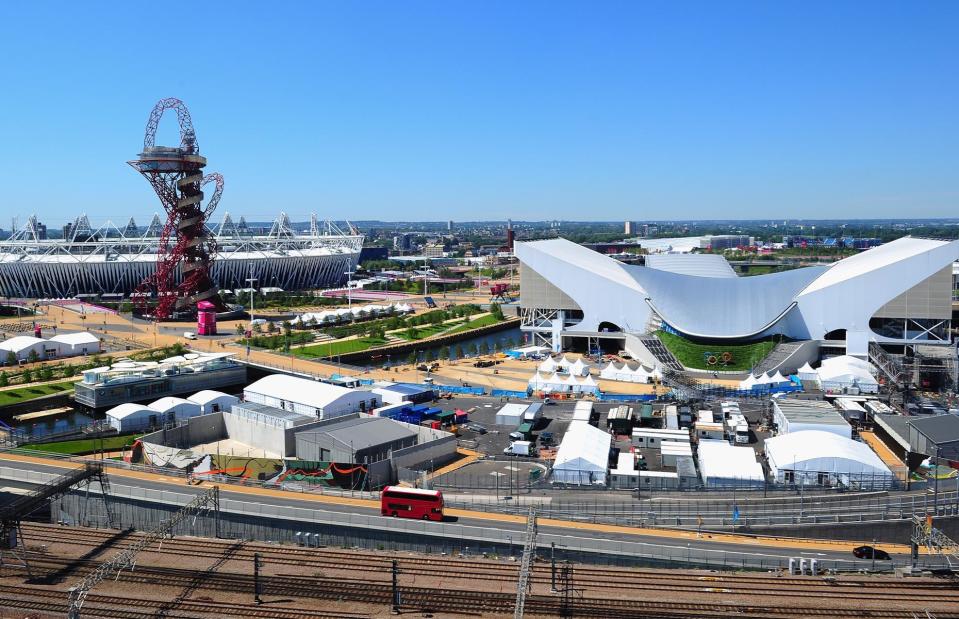
Getty Images/Getty Images
It’s estimated that hosting the Olympics generated an estimated £14 billion ($18bn) of trade and investments for the UK economy between 2012 and 2014.
Along with this economic boost, many of the sports venues are still in use today, whether for recreation or for hosting professional events. Six temporary facilities have been partially repurposed or relocated.
The surrounding neighbourhood has seen dramatic changes over the last decade and is now a hub for shopping, entertainment, and education, with new museums and university satellite campuses.
2012 – London, adjusted total cost: $14.7billion (£11.6bn)
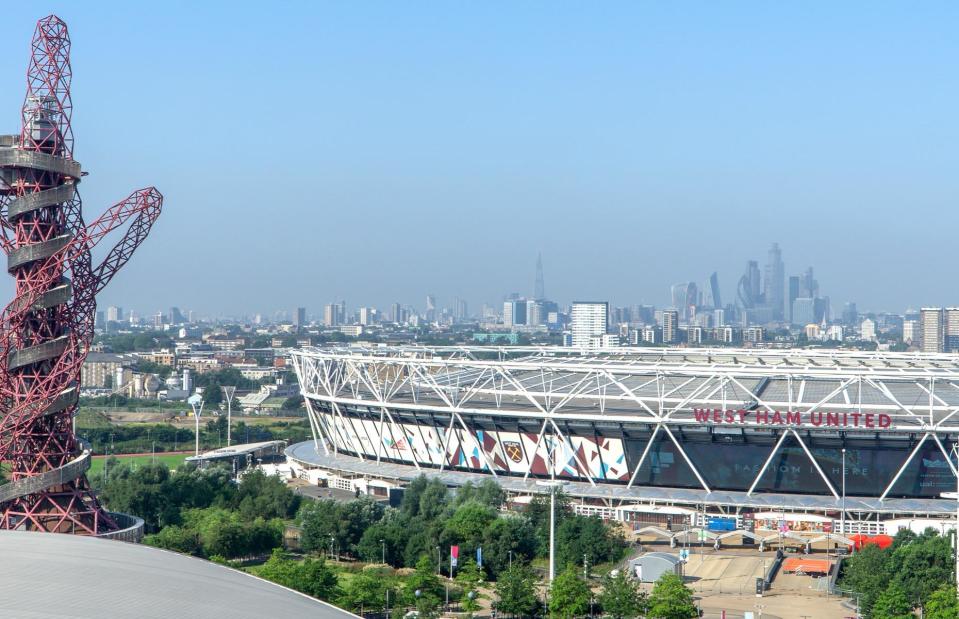
cktravels.com/Shutterstock
London's Olympic buildings may have escaped abandonment, but whether the Games achieved their stated legacy is unclear. One key issue is that much of the housing developed as part of the Olympic regeneration is unaffordable for many of east London’s residents.
Meanwhile, the £292 million ($468m) Olympic Stadium sees regular use as it's now home to Premier League football team West Ham. However, taxpayers footed much of the bill for its costly conversion, and the team’s current lease reportedly fails to cover the cost of staging matches.
2016 – Rio de Janeiro, adjusted total cost: $16.9 billion (£13.3bn)

VANDERLEI ALMEIDA/AFP via Getty Images
The honour of hosting the first South American edition of the Olympic Games cost Rio de Janeiro $13.2 billion, which amounts to around $16.9 billion (£13.3bn) today.
As well as the construction of 10 new arenas and sporting facilities, the Brazilian city also oversaw the repurposing of various existing venues that were built back in 2007 for the Pan-American Games. Several temporary structures along the beach were also erected.
While organisers highlighted that all new venues would have a long-term sustainable business plan, critics argued that the purpose-built facilities would be too large and expensive to maintain.
2016 – Rio de Janeiro, adjusted total cost: $16.9 billion (£13.3bn)
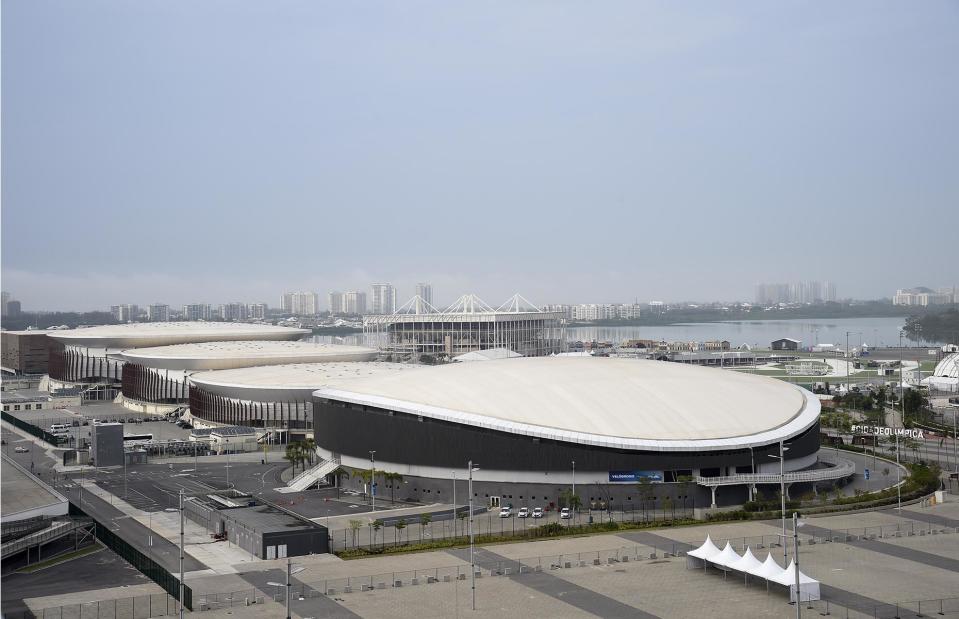
A.RICARDO/Shutterstock
Just six months after the Games ended, the Olympic Village (pictured here in 2017) had become a ghost town.
Disputes between the venue operators and the government over unpaid utility bills meant many newly constructed facilities were left abandoned, not to mention vulnerable to vandalism and looting.
Meanwhile, the rubble generated by the demolition of the city's temporary Olympic structures was left to rot.
2016 – Rio de Janeiro, adjusted total cost: $16.9 billion (£13.3bn)
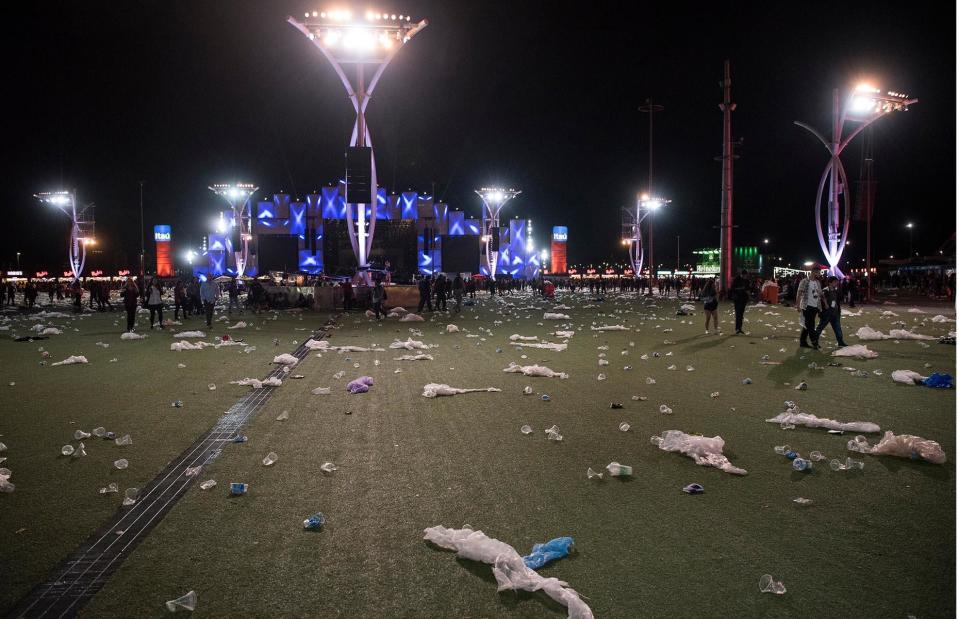
Delmiro Junior/Shutterstock
The Olympic Park area stayed open to the public and has hosted concerts and other events, although many people have lamented the lack of maintenance.
In early 2020, a judge ordered the closure of the Olympic Park due to safety concerns, citing a lack of safety licenses. He said the park was "progressively battered by the lack of care" adding that it was "ready for tragedies." It was reopened again a fortnight later.
2020 – Tokyo, adjusted total cost: $14.5 billion (£11.4bn)

Tim Clayton/Corbis via Getty Images
Pushed back to 2021 due to the COVID-19 pandemic – and with drastically fewer spectators to ensure the health of the competing athletes – Tokyo’s Summer Olympic Games featured an underlying theme of restraint.
With an eye to sustainability, organisers built relatively few new facilities and most events took place in existing buildings, including several that had been built for the Tokyo Summer Olympics back in 1964. New buildings included the 68,000-seat Japan National Stadium, and smaller arenas for gymnastics, field hockey, and aquatics.
Despite the reuse of existing sporting facilities, the 2020 games were still among the most expensive, at $12.8 billion. That's $14.5 billion (£11.4bn) when adjusted for inflation.
2020 – Tokyo, adjusted total cost: $14.5 billion (£11.4bn)
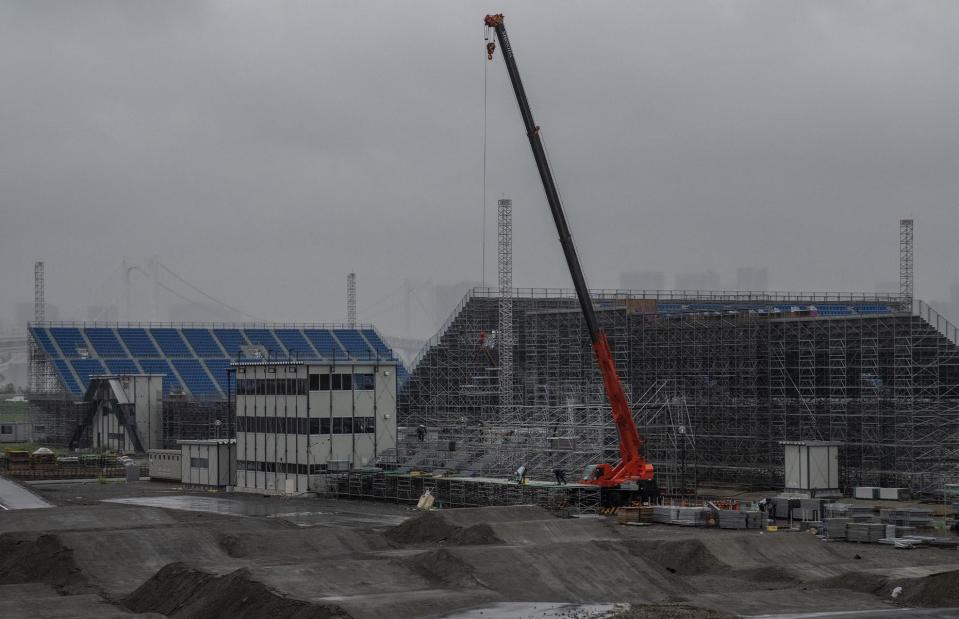
Carl Court/Getty Images
Within a year of hosting the event, several of Tokyo’s facilities from the 2020 games had reopened to the public and were enjoying regular use, according to the IOC.
Designs for the new sporting centres accommodated post-Olympic renovations to reduce capacity, such as removing temporary seating (pictured). Of Tokyo’s 43 competition venues, eight were built from scratch, 10 were temporary, and 25 were already in use.
2020 – Tokyo, adjusted total cost: $14.5 billion (£11.4bn)
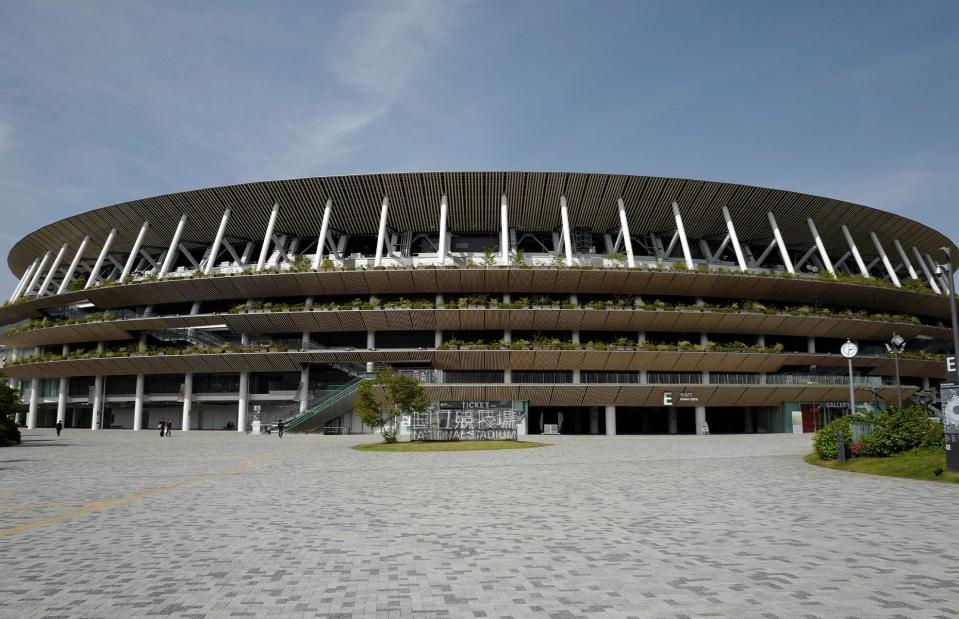
KAZUHIRO NOGI/AFP via Getty Images
It may be too soon to determine the fate of the new venues, which, at a cost of around $3 billion (£2.4bn), didn’t come cheap.
Unlike previous cities, these facilities never saw the crowds that were initially expected. The new National Stadium accounted for $1.4 billion (£1.1bn) of construction costs, despite sitting empty for most of the Games, and also reportedly comes with annual maintenance costs of $22 million ($17.5m).
At the same time, postponing the Games cost Tokyo an estimated $2.8 billion (£2.2bn), as well as an estimated $800 million ($629m) in lost income due to cancelled ticket sales.
2024 – Paris, expected costs: $8.6 billion (£6.8bn)

THOMAS COEX/AFP via Getty Images
The 2024 Olympic Games are set to begin on 26 July in Paris, and the clock is ticking. Fortunately, most of the buildings that will be used this summer already existed even before the city clinched the bid in 2017.
However, the few that are being constructed from scratch or are undergoing renovations, such as the Grand Palais (pictured), are experiencing delays, which can partly be attributed to the war in Ukraine and its impact on the steel industry.
The Paris Olympics are expected to cost roughly €8 billion euros ($8.6bn/£6.8bn), which is largely covered by private funding. Public funding will cover 4% of the costs for organising both the Olympic and Paralympic Games.
2024 – Paris, expected costs: $8.6 billion (£6.8bn)
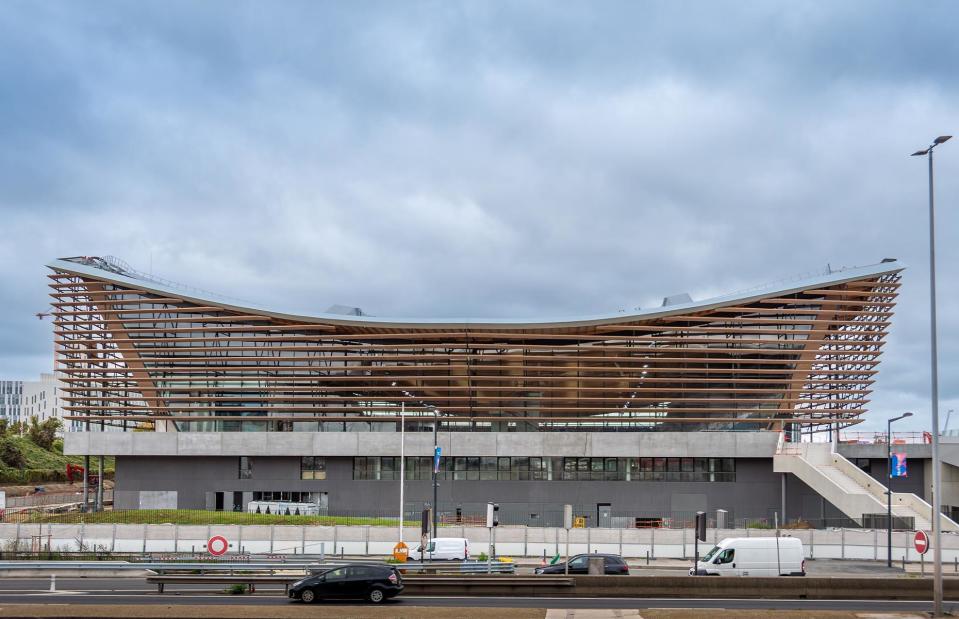
HJBC/Shutterstock
With the promise that 95% of venues will either already exist or be temporary, only one permanent sports facility, the Aquatics Centre, is being built within the city of Paris for the 2024 Olympics.
The design of this modular swimming arena will switch from a 5,000-seat venue to one with 2,500 seats post-Games, meaning it will be able to host competitive events and provide services to the local community, such as children’s swimming lessons.
The construction contract was awarded for €174 million ($187m/£149m) in April 2020.
2024 – Paris, expected costs: $8.6 billion (£6.8bn)
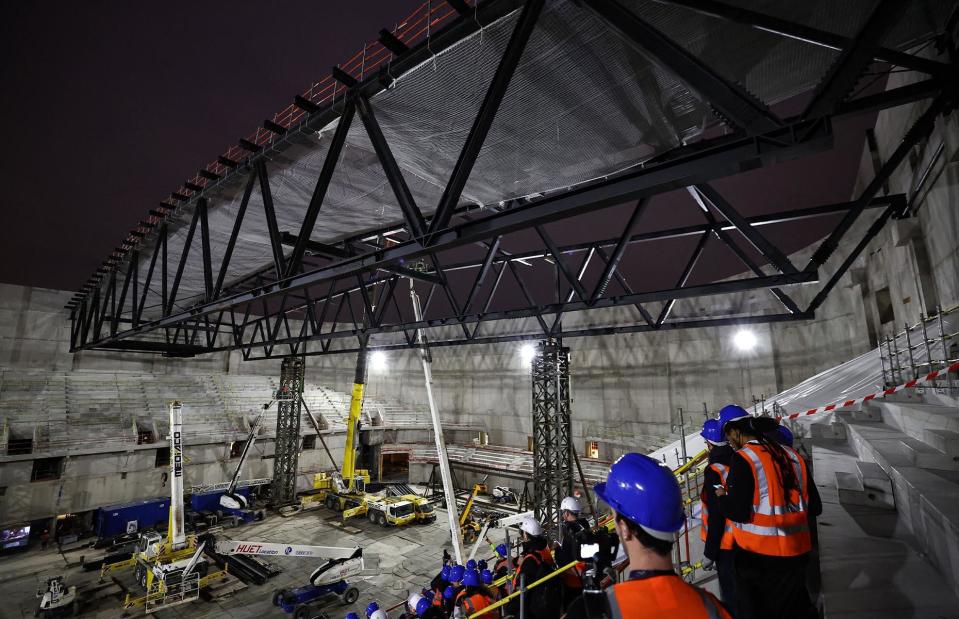
ANNE-CHRISTINE POUJOULAT/AFP via Getty Images
To the north of Paris, construction is ongoing for the Porte de la Chapelle Arena, which is being built specifically for the 2024 Olympics at an estimated cost of €138 million ($148m/£118m).
Following the Olympic and Paralympic Games, the 8,000-seat arena will be home to professional club Paris Basketball and renamed the Adidas Arena.
Among the temporary facilities are stadiums that will be set up by the Eiffel Tower for volleyball, and at the Palace of Versailles for equestrian competitions.
2028: – Los Angeles, expected costs: $6.9 billion (£5.5bn)
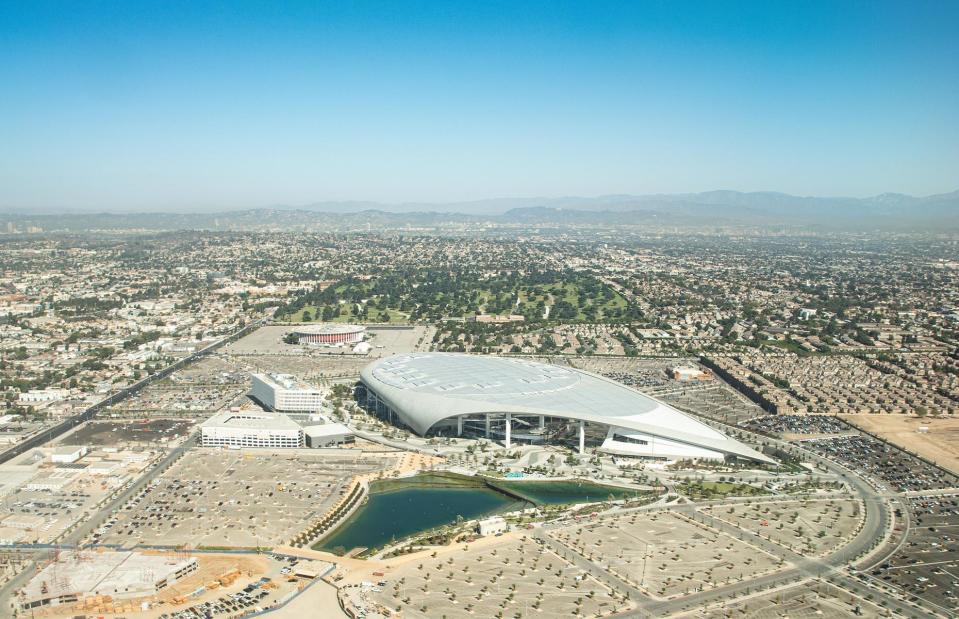
John McAdorey
Like Paris, many of the venues that will host the 2028 Olympic Games already exist in Los Angeles, to the extent that organisers have started calling it the "no-build Olympics".
SoFi Stadium, home to NFL teams the Los Angeles Rams and the Los Angeles Chargers, will be the site of the opening and closing ceremonies. Many other landmark Los Angeles sports and entertainment venues will be converted to host competitions, while the University of California Los Angeles will house the athletes.
Despite all that, there's still a hefty price tag of $6.9 billion (£5.5bn) floating around, which has already increased from $5.3 billion (£4.1bn) and is likely to rise again.
2032 – Brisbane, expected costs: $11.5 billion (£9bn)
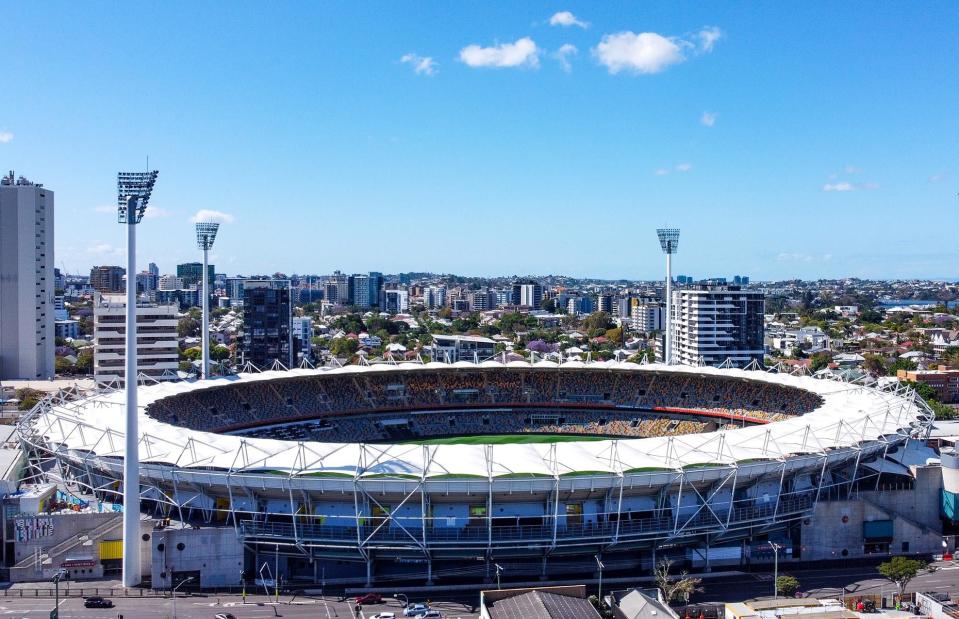
GiselleA/Shutterstock
For 2032, the Games will be returning once more to Australia, with around 80% of the facilities required for the 2032 Olympics in Brisbane already existing.
In 2023, the government agreed to spend a combined AUD$7.1 billion ($5bn/£3.9bn) to prepare for the Games. This cost includes renovating or building 16 different venues, including the proposed 17,000-seat Brisbane Arena and the Gabba cricket ground (pictured), which will be reconstructed just for the occasion.
Total spending on the event is anticipated to be around $11.5 billion (£9bn). But with research showing that every Olympic host since 1960 has overshot its original cost estimates by an average of 172%, only time will tell...
Now take a look inside some of the world's abandoned Olympic stadiums

 Yahoo Finance
Yahoo Finance